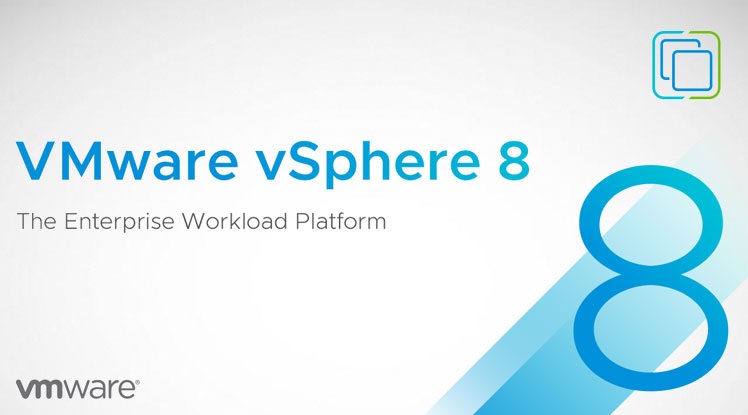
Compared to vSphere 7, the new vSphere 8 brings notable scalability improvements, although many features remain unchanged, as vSphere 7 had already optimized the platform’s capabilities. For instance, the limits for vMem, vCPU per VM, and pCPU per host remain the same. However, the vGPU per VM has doubled, and the lifecycle manager now supports up to 1,000 hosts. Additionally, the maximum number of VMs per cluster has increased to 10,000. Another enhancement is the increase in VMDirectPath I/O devices per host, from 8 to 32, allowing for a combination of NIC and GPU devices that can share a PCIe switch or direct connection. vSphere 8 also introduces new Device Virtualization Plugins (DVX).
In earlier versions of vSphere, virtual machines using direct I/O paths to physical hardware were restricted in their mobility. DVX introduces a new API and framework that enables vendors to create hardware virtual appliances with support for features like vMotion, DRS, HA, and suspend/resume. It also offers disk and memory snapshot capabilities. One issue with TPM and virtual machine emulation is the potential security risk. To address this, VMware has introduced a feature that allows users to choose whether to copy or replace the TPM device. When cloning a VM, selecting the “Replace” option creates a new TPM device, ensuring that the new VM does not have access to the source VM’s secrets.
New Features in VMware vSphere 8.0U3d
Expanded GPU Support
VMware vSphere 8.0U3d introduces improved GPU support, including expanded options for GPU passthrough and virtualization, ideal for AI/ML workloads.
vSphere Configuration Profiles
This feature allows administrators to streamline host configurations across clusters, improving manageability and compliance.
Improved vSphere Lifecycle Manager (vLCM)
Enhanced vLCM provides smoother patching and upgrades, reducing downtime during maintenance operations.
Expanded Support for vSAN
vSphere 8.0U3d integrates deeper support for vSAN storage management, improving efficiency for hybrid cloud deployments.
Security Enhancements
This update includes several security patches and enhanced support for vTPM (Virtual Trusted Platform Module) for better virtual machine encryption and protection.
Support for Kubernetes Enhancements
Better integration with Kubernetes for containerized workloads, improving cloud-native application management in hybrid environments.
Minimum System Requirements for vSphere 8.0U3d
Processor: 64-bit x86 CPU released after September 2006 with NX/XD enabled.
- Memory: Minimum of 8 GB RAM.
- Storage: Minimum 32 GB for boot devices; local storage, SAN, or NAS for datastores.
- Network: At least one 1 GbE adapter, though 10 GbE is recommended.
VMware vSphere 8.0U3d Download
Download VMware vSphere 8.0U3d here
- Design
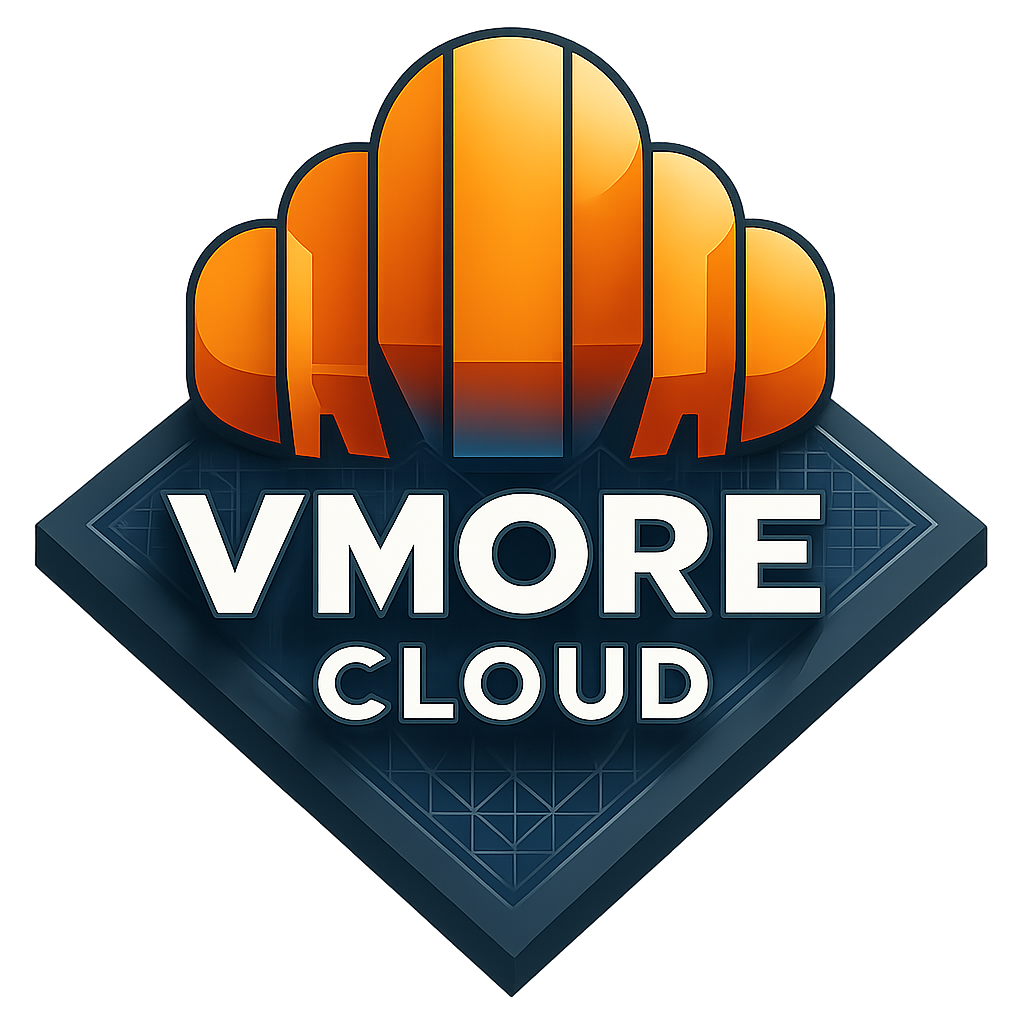
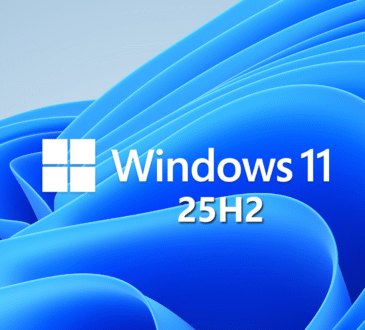
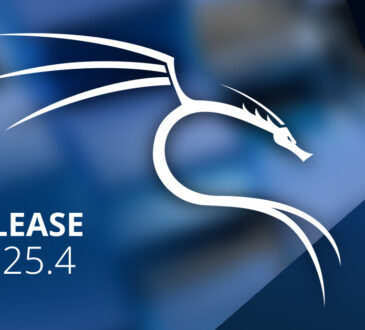
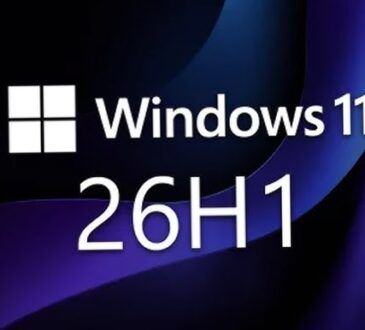
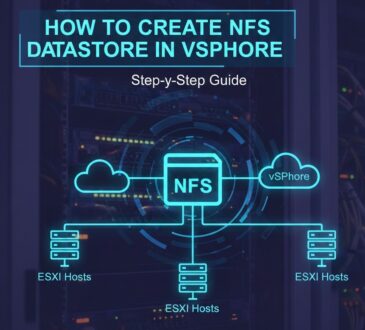

[…] course prepares junior virtualization engineers to manage, deploy, and troubleshoot vSphere 8 environments for virtual machines, storage, and networking. VMware makes some of the […]
[…] between sites with the lowest cost and wasted time. (SRM) Site Recovery Manager uses vSphere capabilities and can also take advantage of Software-Defined Data Center (SDDC) […]
[…] machines between sites with the lowest cost and wasted time. (SRM) Site Recovery Manager uses vSphere capabilities and can also take advantage of Software-Defined Data Center (SDDC) architecture. […]
[…] VCP-DCV course prepares junior virtualization engineers to manage, deploy, and troubleshoot vSphere 8 environments for virtual machines, storage, and networking. VMware makes some of the world’s […]